As the election season heats up, we're seeing an avalanche of ads from the fossil-fuel industry. But it was only four years ago that companies like Chevron, BP and others were touting their commitment to renewables, and even Republicans were paying lip service to addressing climate change, instead of using "heal the planet" as a convention speech punchline.
The political gridlock on climate change is unlikely to clear up anytime soon, no matter who wins in November. But clean energy is enormously popular in the polls, and we can continue making progress by expanding investment opportunities in renewables. But to truly make the transition to a clean economy, we need a paradigm shift that gives millions of Americans a real stake in a clean energy future.
There are three simple things required:
1. Providing a Level Playing Field
Governments continue to provide $400 to $600 billion in annual subsidies to profitable fossil fuel companies. By shifting subsidies away from fossil fuels, governments can help clean energy compete fairly in the market. The resulting revenues could then be invested in smarter systems for water, transportation, energy and building performance -- all of which would produce net savings, and boost the economy.
2. Creating Market Conditions that Attract Investment
The next step is to create a positive investment environment for clean energy. Investors require a secure environment with risk-appropriate returns, and the freedom to buy and sell in that market without unreasonable restrictions. To do this we need to reduce risk, increase access and flexibility, eliminate red tape and permitting hurdles, and standardize procedures so energy-producing assets can more easily be bundled and secured. This allows participation in the market, which increases access to funding for clean energy developers. This in turn drives down capital costs, and makes it easier to lend and borrow money for more projects.
3. Leveraging New Investment Tools
Once a solar field or a wind farm is built, it will steadily produce energy revenues for decades, with very little maintenance, low risk and no waste. Investors are hungry for these stable, long-term returns, and that's exactly what clean energy assets produce.
Examples of emerging clean energy finance tools include green and climate bonds; asset-backed securities, including solar real estate investment trusts; using public infrastructure finance agencies to finance renewables; and expanding state clean energy funds, which have already brought $13 billion to the market and funded over 70,000 renewable projects. The JOBS Act will make it easier for distributed clean energy projects to solicit and raise money from small investors. Community solar programs and other "crowd funding" models will also help more people get into the game.
The Paradigm Shift
The reason these financing tools are important is they're helping shift the paradigm on energy.
Our current energy system works like the old broadcast model for television: a top-down, centralized, one-way distribution system with a few channels that were the same for everybody. We need to make a paradigm shift to an energy system that is as localized, diverse and networked as the Web; where people can produce, store, share and sell energy the way we currently do with information on the Internet.
A networked energy system will be much cleaner, more efficient and more democratic. To get there, we need to increase access -- so more people can put their money in tangible energy-producing assets that yield stable returns with positive social and environmental impacts.
A version of this article appeared previously on Governing.com and is based on a presentation I gave at their "Smart, Livable, Sustainable" conference in June.